
Starting June 1st, 2023 Our warehouse fee will be $0.65/cubic foot per month
In effort to lower the warehouse storage fee during inflation, we have went narrow aisle racking.This construction took us four months but the project is finally completed. With narrow aisle racking, we are able to drop storage by 24%.We as partners will go through this inflation together.
05/14/2024
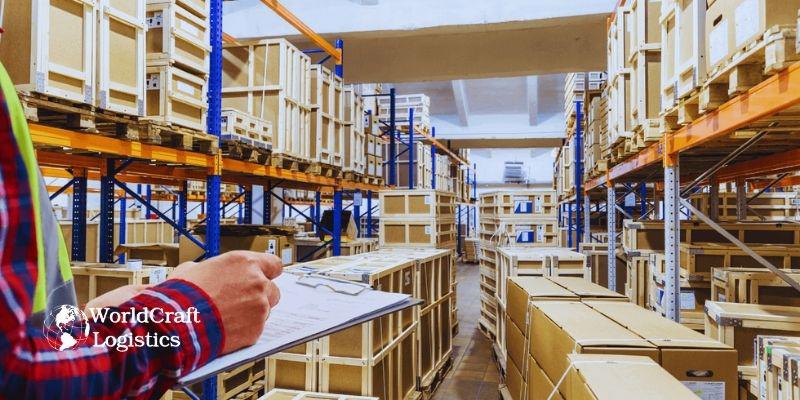
Consider the challenges of navigating through a crowded area. Now envision the complexities of managing inventory, selecting products, and packaging orders within a congested warehouse – it's a recipe for disaster.
While e-commerce enterprises strive to maintain well-stocked warehouses, clutter and overcrowding, commonly referred to as warehouse congestion, can result in inefficiencies, safety risks, and fulfillment inaccuracies.
Prioritizing the safety of your staff and optimizing operational efficiency necessitates avoiding warehouse congestion. This article of Worldcraft Logistics delves into the causes of warehouse congestion, its impact on brands, and strategies for effective warehouse and inventory planning to mitigate such challenges.
E-commerce warehouse congestion encompasses the overcrowding, clutter, or traffic within a warehousing space that obstructs movement and slows down regular activities. When a warehouse becomes difficult to navigate, workers encounter obstacles that can:
Disrupt the flow of inventory
Confound and frustrate employees
Create safety hazards
Impede a brand's ability to fulfill customer orders promptly
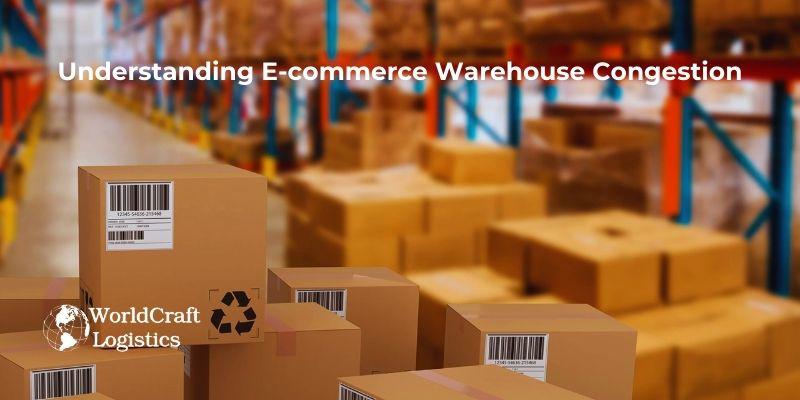
Various factors contribute to warehouse congestion, including:
Insufficient storage space: When a warehouse lacks adequate space to store inventory, congestion ensues. Whether due to limited space or excessive stock orders, exceeding storage capacity results in congestion.
Poor layout design: Warehouse congestion can stem from layouts that impede movement or create inefficiencies. For instance, narrow aisles may obstruct equipment passage, slowing down operations and reducing efficiency.
Inefficient processes and technology: Standard operating procedures can contribute to congestion. For example, picking strategies that require workers to handle one order at a time can hinder efficiency. Outdated or cumbersome technology exacerbates inefficiencies, especially if it's unreliable, challenging to navigate, or obsolete.
Warehouse congestion poses significant challenges for e-commerce operations:
Delayed shipments: In congested warehouses, workers struggle to fulfill orders promptly, leading to shipment delays and dissatisfied customers.
Customer dissatisfaction: Extended delivery times and fulfillment errors resulting from warehouse congestion can diminish customer satisfaction and deter repeat purchases.
Increased costs: Congestion prolongs task completion times, driving up labor and overhead expenses. Additionally, managing inventory becomes more challenging, potentially leading to costly stockouts or overstocking situations.
To mitigate warehouse congestion's detrimental effects, businesses must address underlying causes and implement strategies to optimize warehouse layout, streamline processes, and invest in efficient technology.
Some articles for your further reference:
👉 How to choose the best 3PL partner for your business
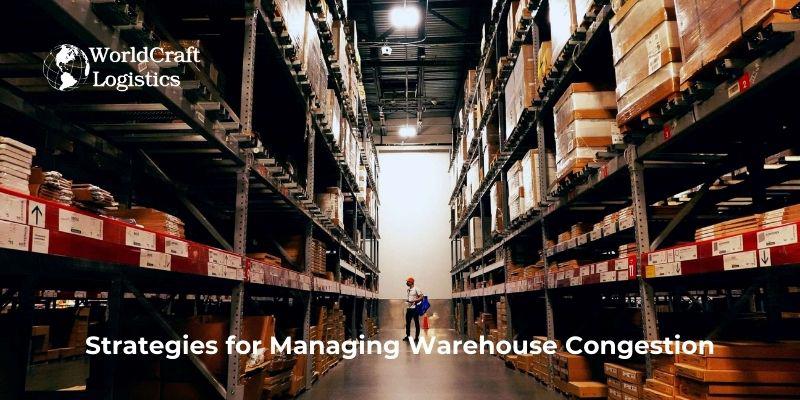
Understanding the causes and consequences of warehouse congestion is crucial, but equally important is implementing effective strategies to address it. Below are several tactics to minimize warehouse congestion, along with examples of how these strategies can be applied:
Efficient warehousing begins with a well-thought-out layout. Consider internal workflows and design a configuration that reduces travel distances, establishes clear pathways, and facilitates smooth movement for both workers and vehicles.
Example: Implement dynamic slotting techniques to group products by size, weight, or other relevant characteristics. Utilize advanced storage solutions such as vertical carousel modules to maximize vertical space.
Streamlining daily processes and maintaining a lean supply chain can significantly reduce warehouse congestion. This may involve eliminating unnecessary activities, tracking inventory to prevent deadstock accumulation, and adopting efficient picking strategies like batch and zone picking.
Example: Conduct regular warehouse audits to assess efficiency and identify areas for improvement. Train staff on safe and efficient task execution.
Utilizing appropriate warehouse technologies can help businesses of all sizes combat warehouse congestion effectively.
Example: Implement inventory management software to track inventory levels and analyze historical sales data for demand forecasting. Utilize RFID tags and barcode scanners during picking and packing to update stock counts in real-time and maintain organized inventory.
WMS enhances visibility and control over warehouse activities, contributing to congestion reduction.
Example: Utilize WMS features like staff productivity tracking, location-specific inventory visibility, and flexible picking methods. Integration with ecommerce platforms streamlines omnichannel fulfillment and reduces packing errors.
By implementing these strategies and leveraging technology, businesses can anticipate inefficiencies, enhance operational efficiency, and mitigate the risk of warehouse congestion.
First Aid Kit Survival, a popular survival and medical supply brand, faced significant operational challenges due to a bottleneck in its warehouse management system. Before partnering with Worldcraft Logistics, they relied on a domestic approach that led to operational inefficiencies and bottlenecks.
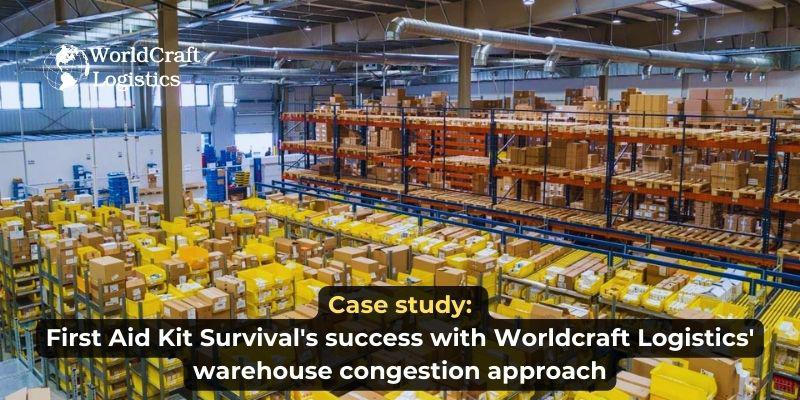
First Aid Kit Survival's inventory management system lacks efficiency and accuracy. They manually create labels for each order, often leading to errors and unexpected shipping invoices. Additionally, their warehouses lacked organized picking locations and enough technology at packing stations, leading to a laborious order fulfillment process.
First Aid Kit Survival turned to Worldcraft Logistics' Warehouse Management System (WMS) to overhaul their warehouse processes. With the guidance of Worldcraft Logistics Implementation Specialists, they made several key changes:
Worldcraft Logistics' implementation of WMS has brought significant improvements to First Aid Kit Survival:
Conclusion:
Warehouse congestion is a significant challenge for e-commerce businesses, affecting efficiency and profitability. However, partnering with a trusted warehousing and fulfillment provider like Worldcraft Logistics can offer solutions to minimize bottlenecks.
Whether outsourcing warehousing and order fulfillment or using Worldcraft Logistics' WMS for internal operations, businesses can optimize their warehouse processes, improve efficiency, and maintain control operations while minimizing congestion.
For more information on how Worldcraft Logistics can optimize your warehousing strategy, visit our website.
Here are answers to common questions about warehouse congestion:
Warehouse congestion can be caused by several factors, including:
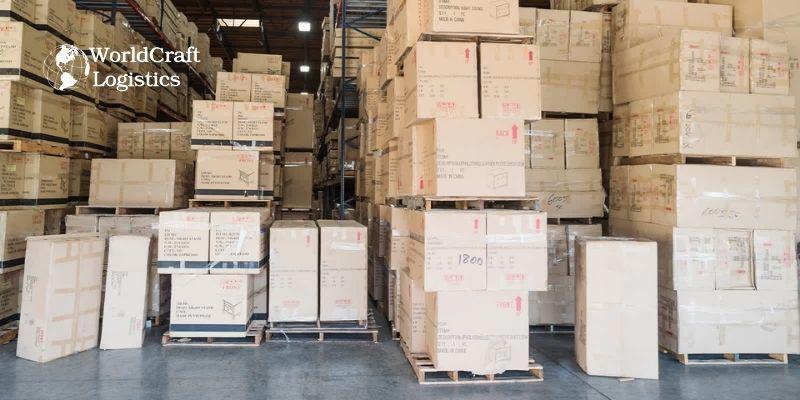
Worldcraft Logistics offers two primary solutions to address warehouse congestion:
While most warehouses may experience some level of congestion, particularly during peak seasons, it is not inevitable. With the right warehouse technologies and management strategies in place, warehouse congestion can be effectively managed and minimized to ensure smooth operations.
SEO
Digital Marketing/SEO Specialist
Simon Mang is an SEO and Digital Marketing expert at Wordcraft Logistics. With many years of experience in the field of digital marketing, he has shaped and built strategies to effectively promote Wordcraft Logistics' online presence. With a deep understanding of the logistics industry, I have shared more than 500 specialized articles on many different topics.
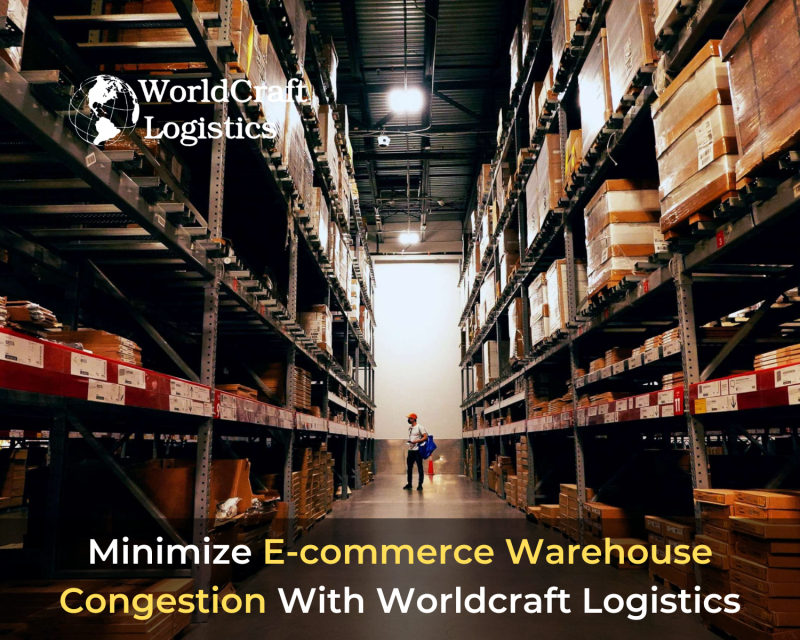
3PL - Third Party Logistics
05/14/2024
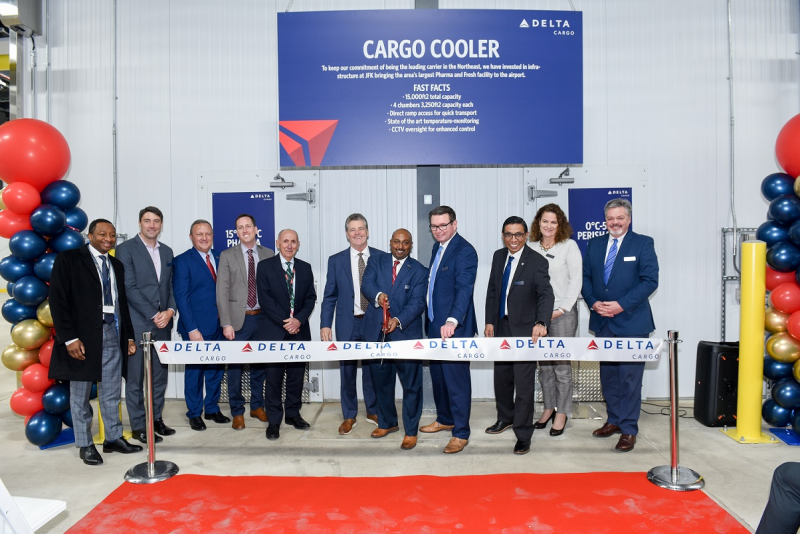
3PL - Third Party Logistics
03/29/2023
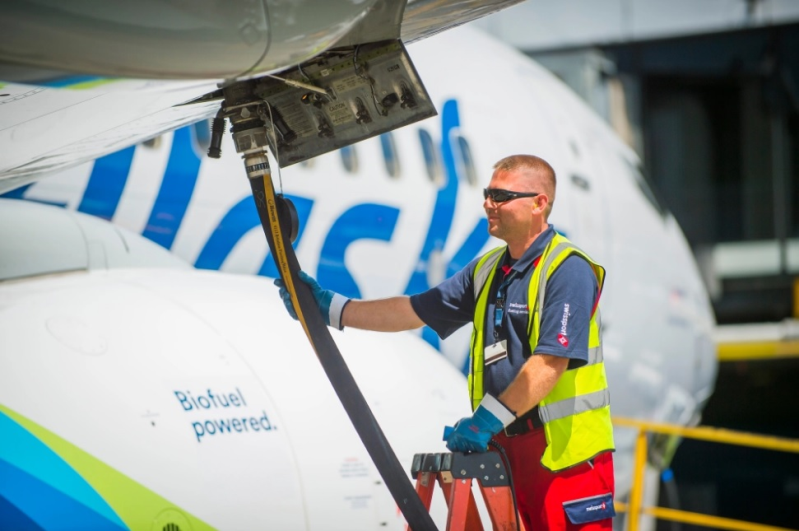
3PL - Third Party Logistics
03/30/2023
3PL - Third Party Logistics
03/20/2023

3PL - Third Party Logistics
05/12/2023